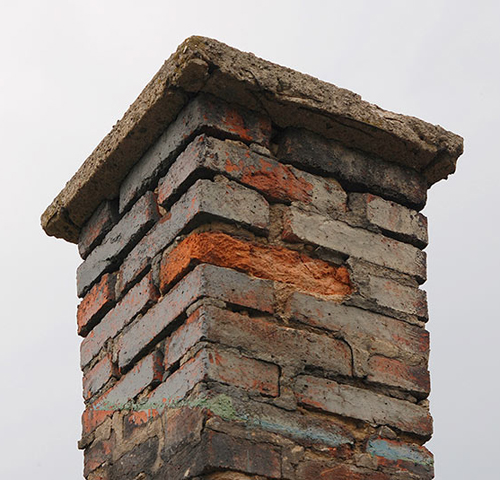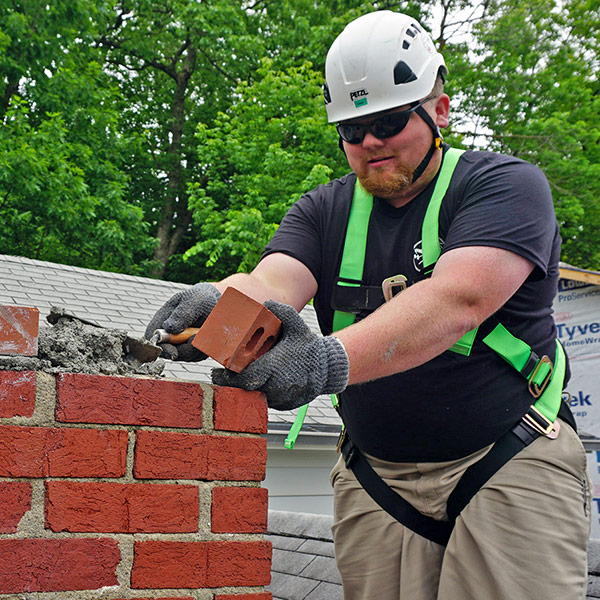The Effects of the Freeze/Thaw Cycle on Your Chimney
 Winter can be damaging to chimneys, especially in areas that experience above-average levels of precipitation. The freeze-thaw effect is the repetitive process of surface moisture freezing and thawing. It is a condition that usually occurs in winter and is especially damaging to porous materials like clay and cement that are used in the construction of brick masonry chimneys. During winter precipitation, the porous brick masonry absorbs the moisture from rain or snowfall. When external temperatures drop below freezing, the moisture turns into ice. As these ice crystals expand, it causes tiny cracks to develop in the brickwork.
Winter can be damaging to chimneys, especially in areas that experience above-average levels of precipitation. The freeze-thaw effect is the repetitive process of surface moisture freezing and thawing. It is a condition that usually occurs in winter and is especially damaging to porous materials like clay and cement that are used in the construction of brick masonry chimneys. During winter precipitation, the porous brick masonry absorbs the moisture from rain or snowfall. When external temperatures drop below freezing, the moisture turns into ice. As these ice crystals expand, it causes tiny cracks to develop in the brickwork.
When the temperature rises above freezing, melting snow and ice thaw into water. As the temperature falls below 32 F again, the moisture absorbed by the porous brick material freezes into ice, further expanding the cracks in the bricks. The accumulation of more rain and snow fills these more extensive cracks and crevices, accelerating the damaging effects of the freeze-thaw cycle.
The effects of the freeze-thaw cycle may be hardly noticeable in one season. However, the repeated effect season after season can take a heavy toll on the masonry. The widening cracks cause the bricks to chip or spall and crumble. The moisture also softens and erodes the mortar resulting in gaps in the joints. The spalling bricks and absence of mortar can cause entire pieces of brick to dislodge from the chimney, compromising its structural integrity. Without intervention to mitigate and repair the damage, the stack is in danger of a partial or total collapse.
 Freeze-Thaw Chimney Repair
Freeze-Thaw Chimney Repair
An experienced chimney mason can repair damaged bricks and mortar to restore the chimney. When the damage is caught in the early stages, it can often be easily corrected by tuck-pointing. The mason will replace the decaying mortar and fill in the missing mortar with a durable bonding material. Cracks in the brickwork will also be filled in. The brick and mortar repair will be color-matched to the existing bricks and mortar to complete the restoration process. In cases with extensive masonry damage, the chimney may require a partial or complete rebuild.
Preventing Freeze-Thaw Damage
The best way to protect your chimney is to help avoid freeze-thaw damage. An annual chimney inspection can help spot minor damage before more extensive problems arise. Also, applying a waterproof sealant that locks out moisture can help protect the masonry from water damage. It is highly recommended that this be done only by a qualified chimney professional. They will use a breathable, water-soluble solution that will protect the masonry without trapping the water vapors. Any brick damage will need to be repaired before waterproofing. Also, it will be necessary to re-apply the waterproof sealant every few years to maintain its water-repellant strength.
The post The Effects of the Freeze/Thaw Cycle on Your Chimney appeared first on Fluesbrothers Chimney Service.